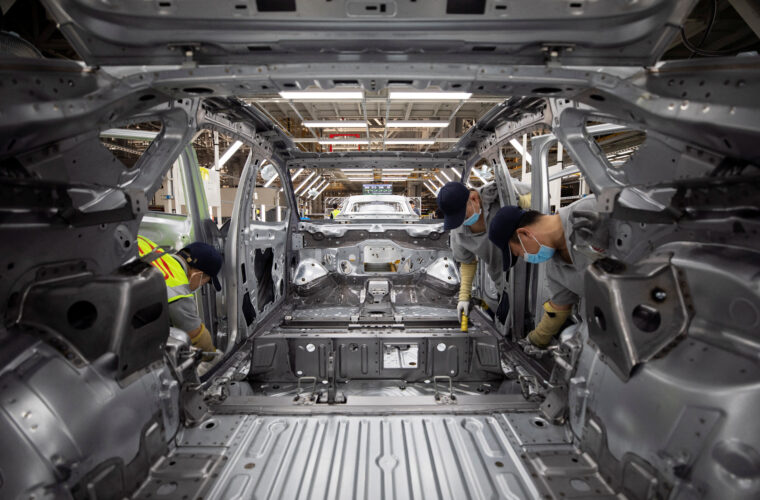A sustainable shift in consumer culture
In an era where consumerism often translates to a cycle of purchasing and discarding, the European Union (EU) has taken a bold step towards sustainability with its comprehensive ‘Right to Repair’ law. This groundbreaking legislation, part of the European Green Deal, is set to revolutionize our relationship with everyday products, shifting the paradigm from a disposable culture to one of repairability and longevity.
The essence of the ‘right to repair’ law
Under the new Directive, the EU aims to empower consumers to opt for repairing products rather than replacing them. This initiative addresses a critical issue in modern consumerism: the premature disposal of repairable goods. The law seeks to increase the repair and reuse of consumer goods both within and outside the legal guarantee period, challenging the conventional ‘buy-and-replace’ model with a more sustainable approach.
This Directive complements existing policies within the EU’s strategy for sustainable consumption. It builds upon the Ecodesign for Sustainable Products Regulation (ESPR), focusing on product design for reparability, and the Directive on empowering consumers for the green transition, which ensures transparent information on product durability and reparability at the point of sale.
Key provisions of the directive
The EU’s recent directive brings a transformative approach to product sustainability, placing a significant obligation on manufacturers to repair products that meet established reparability criteria. This responsibility involves offering repair services that might be free or chargeable at a reasonable cost, with the overarching goal of prolonging product life and curbing waste generation.
A standout feature of the new directive is creating an online platform. This innovative digital hub is engineered to bridge the gap between consumers, a network of proficient repair experts, and merchants of refurbished items. The platform’s objective is to enhance the visibility and accessibility of repair services, thereby motivating consumers to choose repair and refurbishment options instead of purchasing new products.
Additionally, an essential amendment to the Sale of Goods Directive (SGD) is introduced under this directive. It strategically favours the option of repair over replacement in situations where the costs are roughly equivalent. This pivotal modification is poised to redirect consumer preferences towards more sustainable and environmentally friendly choices in line with wider ecological goals.
Impact and future outlook
The directive is anticipated to stimulate growth in the repair sector, especially benefiting small and medium-sized enterprises. It also promises significant consumer savings and substantial environmental benefits, including reduced CO2 emissions.
The directive aligns with the Charter of Fundamental Rights of the European Union, promoting environmental protection and consumer rights, including the integration of persons with disabilities. It also respects the freedom to conduct business, offering new opportunities for economic activity in the repair sector.
Member countries must integrate the directive’s rules into their domestic legislation within two years of its effectiveness. Additionally, an assessment of its effects is scheduled for five years following its implementation. While some European Union nations, such as France and Spain, have already enacted laws akin to the European Right to Repair Law, including 448 million individuals under this act increases the pressure on manufacturers to align their standards worldwide.
Frans Timmermans, Executive Vice-President for the European Green Deal, emphasized the necessity of this law: “Repair is key to ending the model of ‘take, make, break, and throw away’ that is so harmful to our planet, our health and our economy. There’s no reason why a faulty cord or broken ventilator should force you to buy an entirely new product. Last year, we proposed rules to ensure products are designed to be repairable. Today, we propose to make actually repairing things the easy and attractive option for consumers.”
The European Union’s ‘Right to Repair’ law is more than a legal mandate; it is a cultural shift towards sustainability. It challenges the status quo of consumer behaviour, encouraging a mindset that values repairability and sustainability over disposability. This move has the potential to reduce environmental impact significantly and empower consumers with more choices and control over their products, marking a significant step towards a sustainable future.



